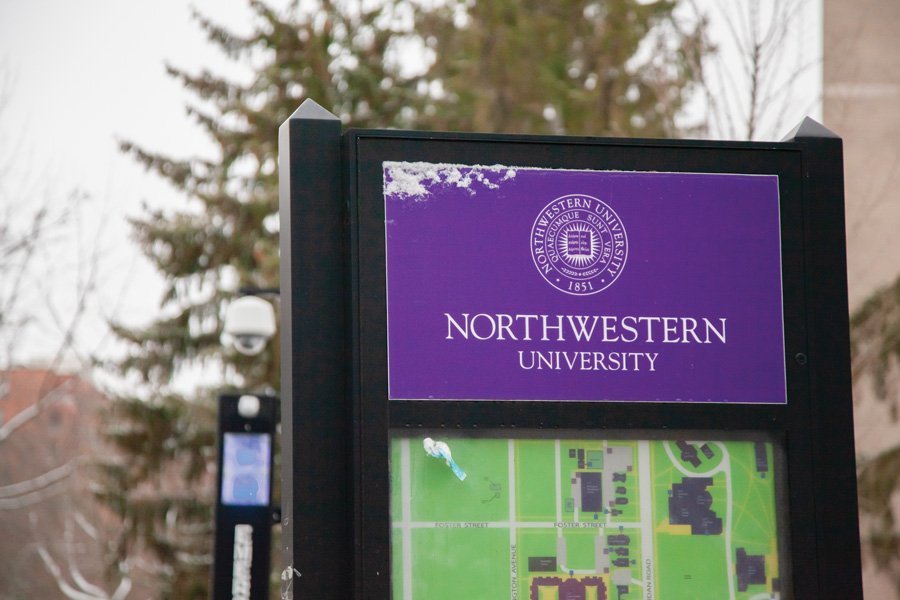NU researchers develop “ultra-rapid” COVID-19 test that demonstrated 100% accuracy
Daily file photo by Joshua Hoffman
Northwestern researchers may be on the path to developing a highly accurate COVID-19 test that can produce results within 5 minutes.
September 30, 2021
Northwestern researchers developed a new antigen-based COVID-19 test that demonstrated 100% accuracy in a recent blind laboratory test, according to a Thursday university news release.
The speed of the test, which reportedly takes five minutes or less to identify results, suggests it could potentially provide an accurate diagnosis without significant delay. Researchers are developing it as both a swab test and a breath test.
The test method, described in the journal Biosensors and Bioelectronics, uses a “nanomechanical sensor platform” and microcantilever technology to identify the presence of COVID-19 surface proteins. The cantilevers, made of silicon, are designed to bind to COVID-19 antigens and then bend shape to indicate the virus is present.
The breath test has the potential to non-invasively provide accurate results. In the release, Feinberg Prof. Vinayak Dravid, co-author of the paper, said further development of the breath technology could lead to public no-contact testing.
“Instead of nasal swabs, we want to use breath,” Dravid said. “Because the sensitivity of the technique is so good, breath has a lower viral load, but it has enough virus for this technology to detect.”
Dravid said using this method on a large scale to quickly identify asymptomatic individuals could significantly bolster the fight against viral outbreaks.
The testing method may also prove useful in the detection of diseases other than COVID-19. Gajendra Shekhawat, who helped co-author the paper, said in the release that further development may expand the possibilities for this new model of non-invasive rapid testing.
“We have some initial data to demonstrate the high sensitivity to other diseases in addition to COVID,” Shekhawat said.
Email: [email protected]
Twitter: @joshdperry
Related Stories:
— City to administer Pfizer-BioNTech booster shot for eligible individuals
— NU requires additional COVID-19 testing amid case spike
— Northwestern’s COVID-19 on-campus requirements, activities: Explained


